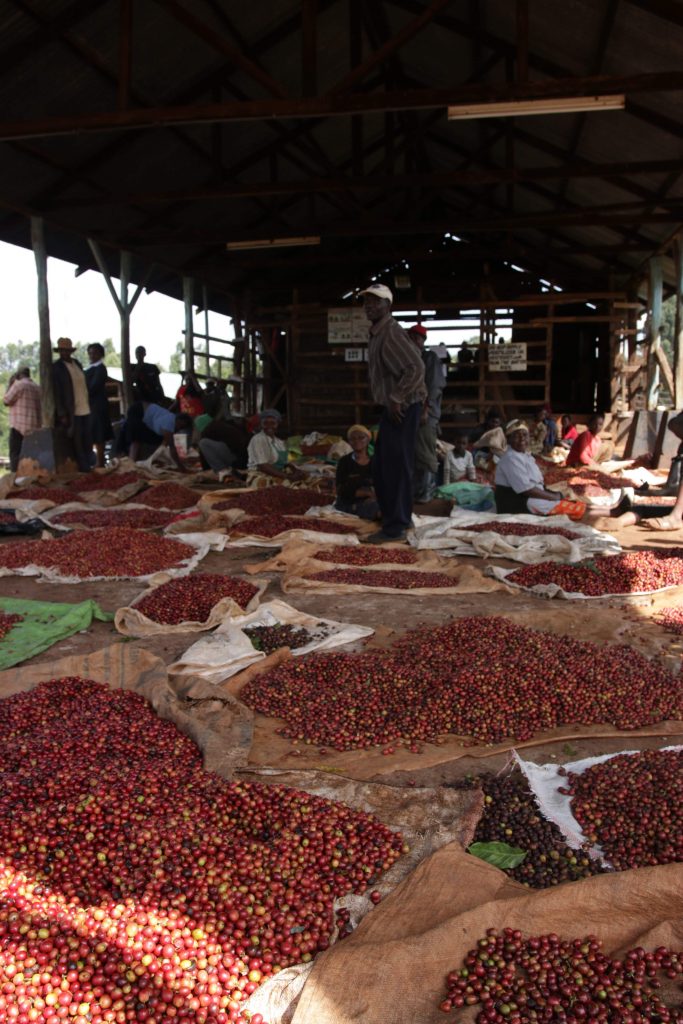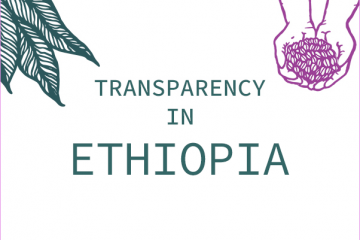This blog post is part of a series called Why Transparency Matters. Read all posts in this series here.
We have been having a lot of conversations recently about transparency, with colleagues, industry leaders and customers. These conversations are vitally important and the direction our industry needs to move in, particularly in the area of price.
Beyond simply publishing numbers however, price transparency is important for understanding the supply chain, for valuing the different parts of that supply chain and most importantly for stimulating a greater responsibility to pay producers a price that not only makes their production sustainable but profitable and enriching.
Understanding supply chain
Being open about the price that we pay for coffee and the required services to get that coffee to the end consumer is immeasurably valuable, not for the knowledge of the price alone, but for the process we as an industry will have to go through to gather the necessary information to correctly communicate about price.
Correctly communicating about pricing in coffee requires that the entire supply chain be visible, giving people an understanding of the diverse and complex ways that coffee moves from producer to roaster. In my experience as a buyer I have learned how coffee is produced and prepared for export, and what is required from one country to the next based on the type of producer, or existing infrastructure. Through this I have gained a greater appreciation for the entirety of the work involved and the value of each party and the role they play.
Valorisation
In any context, it is hard to know what the value of something is if you don’t know what is involved in creating it.
As an industry we have been working to differentiate specialty coffee as a better quality and this value of quality is primarily based on the taste, smell, the sensory experience. We also create spaces that lend value to coffee because of the aesthetics of the cafe. However, what if we argued for the value of the coffee being based on the “quality” of the price and supply chain.
For the specialty sector of the coffee market we are lacking any other mechanism of valorisation other than the NY market, which has proven incompetent at rewarding producers. It feels as though we are in danger of at the very least being stagnant and at worst moving backwards.
Know what you’re paying for
While price transparency is a challenge facing our industry, it is also a challenge on a broader spectrum. Never have we had greater access to stuff, all kinds of stuff from all over the world. Brands in the US are manufactured in Jordan or Bangladesh, coffee served in Paris is grown in Uganda. It is the exception to buy something made in the place we buy it and by the people we buy it from.
This gives us great access to experiences we would not have otherwise and also great responsibility for how we impact not only our own environments but the environments of the people and places our consumer choices affect.
How can consumers know if their choice of coffee is one that uplifts and sustains the production of that coffee? By having access to the price paid to the producer, plus the costs involved for all the services in between the farm and their cup, the cost of production and the living wage in the producing country.
For importers and roasters alike, by working to understand and contextualise the price we pay for the coffees we buy, and the costs incurred to get that coffee to market, we begin to create a new mechanism for identifying value. This is the first step towards independence of the NY market.

Accountability
The endeavour of price transparency is not just about informing us of what the price of our coffee is, but rather what that price should be. This is a price that reflects the costs of getting a coffee from cherry to beverage, which vary enormously depending on the location of its origin, and the location of its consumption.
Once we know and understand all of these costs, then we can be held accountable as an industry to operate according to the ethics and morals we preach.
Transparency at Nordic Approach
Transparency is one of the founding principles of Nordic Approach and we have shared FOB prices with customers since we began selling coffee.
Personalised Transparency Reports
We currently offer a personalised transparency report for roasters which gives the exact breakdown of costs from FOB to the price you paid for any coffee you purchased from Nordic Approach, including our margin.
If you buy coffee from us, you can sign The Pledge. This report includes the information you need to meet the transparency goals of this initiative. Contact your sales rep to request your report.
Nordic Approach 2019 transparency report
We are currently working on detailed transparency reports for every coffee purchased between September 2018 and September 2019. The first report will be published by the end of the year. Our goal is to include the ‘farm gate’ price, the FOB, and the costs and value added in between. In future years we will work towards providing cost of production and cost of living context for this data.
Why transparency matters – blog series
This post is part of a series of blog posts called Why Transparency Matters. Beyond a number to publish on our websites or packaging, we are exploring the ways we can all use this information to transform the coffee market to be more sustainable and fair. Read Part 1 in this series, What I Thought I Knew About Coffee and Part 3: Creating a Specialty Coffee Pricing Mechanism.
Have thoughts or questions?
We are very interested in conversations about transparency, and how it should be used to create a sustainable coffee industry. Email suzie@nordicapproach.no to share your ideas.


0 Comments